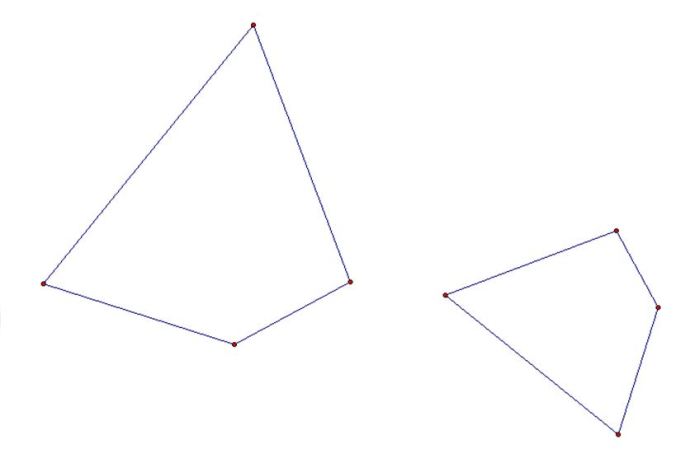I have spent the last few months processing this temptation to integrate student blogging into my instructional practice. I have some medium-rare ideas. And some Iron Chef colleagues who do a nice job of focusing my thoughts and cooking medium-rare ideas. Like this very evening in a conversation with two such colleagues:
@hs_math_phys @approx_normal What’s the goal … and how will you decide if it worked or not?
— Curmudgeon (@MathCurmudgeon) August 21, 2014
Like… bingo. That’s it.
So, here’s are my goals. Here’s what I’d like to accomplish:
A. I want to give the students a meaningful way to explore math topics, or think mathematically when they aren’t in my classroom. I don’t trust traditional homework problems to achieve this goal. I think there is value in understanding that in class we spend an hour exploring thoughts and ideas that have real value during that hour and the other 23 hours of the day. I’d like to create SOME mechanism that enforces that.
B. I want to give the students a chance to develop their own voice when talking, writing, and reasoning mathematically. Too often, I use gimmicky phrases, memorized lingo, and rigid vocabulary to guide student language. There are wonderful reasons for this. But, I want them to develop their own voice, too. I’d like to see them develop their own ability to verbalize a mathematical idea and…
C. I want to open the students’ ideas up to each other and to the greater math and educational community. I feel like this will offer a level of authenticity that simply having the students submit their work to me wouldn’t. Also, I want them to be able to think about the mathematical statements of another student and respond. I want to break away from this idea that the students produce work simply for my review. A mathematical statement isn’t good and valuable simply because I say so.
I think blogging can do that. I am sure other things can do that. Perhaps other things that are easier. Or less risky. Or have undergone better battle-testing. Or…
And as for the second question. The evidence would be a gradual improvement in the math discourse in class. More people talking, and talking better. Explorations becoming richer. Questions becoming an increasingly regular occurrence. Students trusting each other, and themselves, and not looking at me as the lone mathematical authority in the room. We would begin to talk and explore together, and sense-making would become a bigger and bigger part of what we do.
I told you. Medium-rare ideas.
I’m hoping that some more of my Iron Chef colleagues will take my ideas, season them, finish cooking them, and help me turn them into an action plan.

